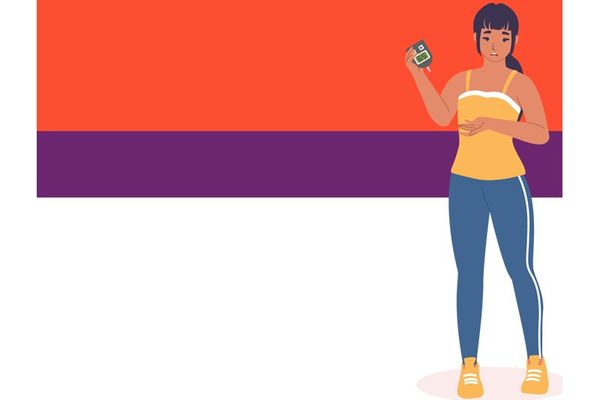Today one in three American adults, more than 73 million people, has diabetes or is at serious risk of developing the disease. About 19.5 million people have been diagnosed with diabetes. The number of diagnosed individuals with diabetes cases has increased dramatically in the United States.
Types of Diabetes
The two most common types of diabetes are type 1 diabetes, and type 2 diabetes. Type 1 diabetes is an autoimmune disease that typically occurs in childhood or adolescence when the immune system attacks and destroys insulin-producing beta cells. People with type 1 diabetes must take insulin for the rest of their lives.
Type 2 diabetes is the most common form of the disease. In this type, the pancreas usually produces some insulin but not enough to keep blood sugar levels normal. Without insulin, glucose can't move from your blood into cells. Thus, high levels of glucose build up in your bloodstream, even as your cells become starved for energy.
To counteract the increasing levels of blood sugar, your pancreas revs up insulin production, flooding your system with insulin. But, just like running an engine without a rest, the beta cells can wear out over time, and insulin levels fall below normal. When this happens, people with type 2 diabetes require insulin to survive.
How Diabetes Starts in Your Body
Your body gets most of its energy from glucose, a simple sugar that comes from carbohydrates in your diet. To get this glucose into cells requires a hormone called insulin, produced in the pancreas by special cells called beta cells.
When you eat and your digestive system breaks down food into glucose, beta cells receive a signal to make insulin. This insulin travels to certain cells (primarily muscle cells) and binds with special proteins on the surface of cells called insulin receptors, unlocking the cell and allowing glucose in. The receptor is like a doorway, and insulin opens the door so glucose can enter.
Insulin resistance is a condition where, in essence, the door gets jammed, and you need extra insulin to overcome the resistance. For a while, the extra insulin can keep blood sugar levels normal. But eventually your body tires of making so much insulin, the door stays closed and glucose levels in your blood rise. This is the start of diabetes.
Your Eyes and Diabetes
If you have diabetes, your eyes are at special risk. The leading cause of blindness in adults under 65 is diabetic retinopathy, in which small blood vessels in the eyes weaken and burst. The condition affects nearly everyone with Type 1 diabetes and 60 percent of those with Type 2 within 20 years of diagnosis.
You're also more likely to develop cataracts and glaucoma, a condition in which pressure builds in the eye, eventually destroying the optic nerve and leading to vision loss.
The good news? Early diagnosis and effective blood-sugar and blood-pressure control can prevent blindness in about 90 percent of cases of diabetic retinopathy. As someone with diabetes, it's best to get those screenings from a qualified ophthalmologist. You should be screened immediately upon diagnosis and at least every year thereafter.







